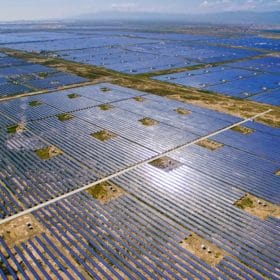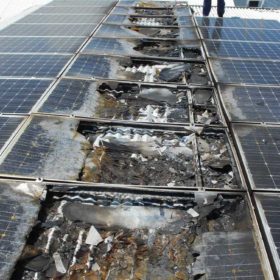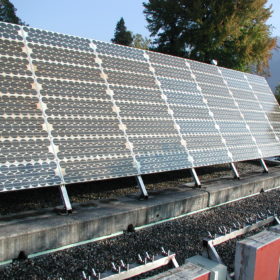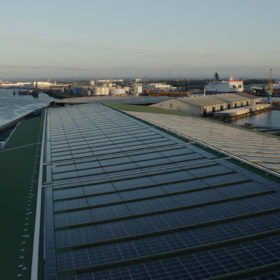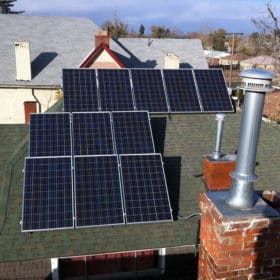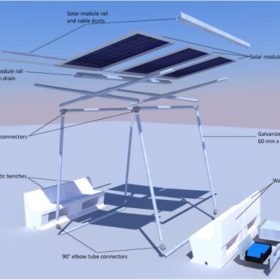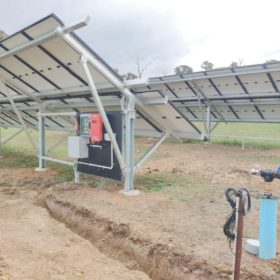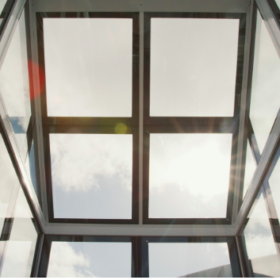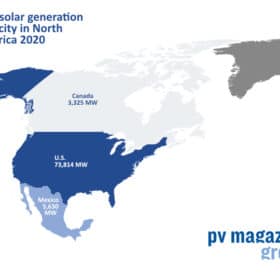China solar PV demand could surpass 100 GW in 2022; ‘massive’ production overcapacity predicted
According to Asia Europe Clean Energy (Solar) Advisory Co. Ltd, demand for solar PV in China could “effortlessly” surpass 100 GW in 2022, following a year of “flat” demand in 2021. It adds that a “massive overcapacity” situation in the production sector is looming. Meanwhile, the distributed solar PV market is on track for huge growth, with potential for annual demand to reach upwards of 20 GW+ from next year.
Australia’s ‘unsafe’ solar installation standards under fire
Australia is a world leader in rooftop solar deployment, but the head of Queensland-based renewables company REA Global has criticized the nation’s solar installation standards for being out of date and unsafe.
Exploring the depths of Europe’s oldest grid-connected PV system
A 10 kW PV system has been feeding electricity into the Swiss power network since 1982. A research team has investigated the performance of the array’s first 35 years of life and has found that solar modules can target – at least in temperate climates – service lifetimes of 35 years, and that the bill of materials matters, a lot!
Solar 101: ‘Goldilocks’ your PV project to make it just right
Too big? Too small? Just right? Many factors need to be considered when deciding how large or small to make your rooftop solar array.
China set to mandate solar on at least 20% of residential roofs in pilot counties
State body the NEA has given its provincial offices until July 15th to suggest counties where a solar mandate – which rises to at least half of all government roofspace – can be rolled out. Selected companies will be awarded whole-county contracts.
‘Residential batteries are less profitable than selling excess power to the grid’
Although self-consumption of solar power is the optimal economic approach, the expense of household batteries at present outweighs the increased ability they offer to use electricity generated on the roof. Whether aggregated ‘virtual batteries’ offer better returns is an open question, due to lack of electricity company transparency.
A solar pavilion for India’s rooftops
India’s energy transition will not succeed without rooftop PV and roll-out is hindered not only by a lack of household finance, but by the fact many of the nation’s flat roofs are enjoyed by residents. Germany’s international development agency has proposed a solution.
Solar water pumps – cheaper, easier but routinely underestimated
Australia’s Commodore Independent Energy Systems has evaluated how much customers save by using solar water pumps compared to diesel or mains-connected pumps.
Nanoparticles enable completely clear, industry-sized solar windows
Australian company ClearVue Technologies says it has a fully transparent, scalable, industry-ready solar window in production. It claims that it’s now just 18 months away from cracking 5% efficiency, thanks to a research partnership.
Electrification could drive 51 GW of solar in Canada by 2050
And that figure is based on a less ambitious climate change policy than the one Ottawa has committed to since the North American Renewable Integration Study started, in 2018.
